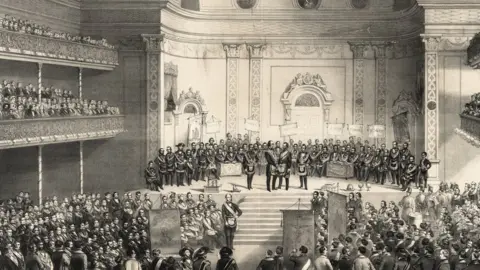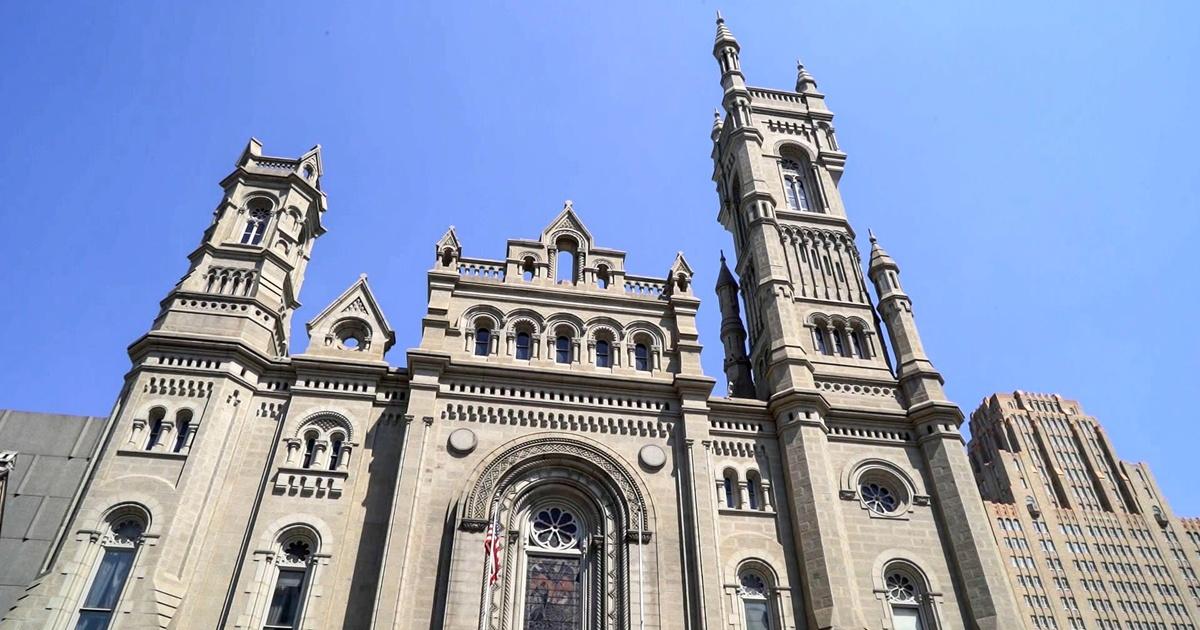Discovering the Mysteries of the copyright: What You Need to Know
The copyright, a term typically shrouded in intrigue and debate, represents a complex tapestry of historic truth and modern-day misconception. Developed in the late 18th century, this secret society was initially rooted in the Knowledge's perfects but has since ended up being identified with conspiracy theories regarding elite control. As we browse the origins, crucial figures, and the plain contrast in between myth and reality, one must think about just how these narratives affect contemporary understandings of power and privacy. What may be disclosed via a closer exam of these aspects might challenge long-held presumptions regarding the shadows that remain in our culture.
Beginnings of the copyright
The beginnings of the copyright are soaked in a mix of historic intrigue and ideological eagerness. Developed in 1776 in Ingolstadt, Bavaria, by Adam Weishaupt, the team was at first created as a secret society focused on advertising Knowledge suitables such as reason, secularism, and the separation of church and state. join freemason. Weishaupt, a teacher of canon legislation, looked for to challenge the prevailing authority of the church and state, which he considered as overbearing establishments stifling intellectual and personal liberty
The copyright looked for to recruit influential members from different social sectors, including politics, academia, and the arts, to cultivate a network devoted to these Enlightenment concepts. The society run under a shroud of privacy, employing coded language and routines to shield its members from oppression, particularly offered the repressive climate of the time. The copyright dealt with considerable resistance from both governmental authorities and spiritual establishments, which viewed the group as a risk to their power.
Trick Figures and Members
Who were the essential numbers that shaped the copyright's very early impact and direction? The Bavarian copyright, established in 1776 by Adam Weishaupt, emerged as an action to the overbearing social structures of the time. Weishaupt, a law professor, pictured the organization as a way to promote Enlightenment perfects such as factor, secularism, and equal rights. His initial employment efforts included prominent pundits, such as Baron von Knigge, who played a vital role in broadening the group's subscription and organizational structure.
One more substantial number was Johann Gottlieb Fichte, a popular thinker whose ideas on nationalism and education resonated with the copyright's objectives. Fichte was not a formal member, his thoughtful underpinnings influenced the team's ideological background. In addition, figures like the writer and thinker Johann Wolfgang von Goethe were connected with the more comprehensive intellectual movements of the time, although their straight participation with the copyright stays questioned.
These essential figures contributed to the copyright's early instructions, pressing the limits of political and social idea, while their cumulative efforts intended to test well established norms and cultivate a climate of modern adjustment in Europe. (join freemason)
Myths vs. Truth
Several false impressions border the copyright, usually blending fact with fiction in a method that obscures its true nature. The notion that the copyright proceeds to apply substantial impact over world occasions is a misconception.
Another widespread myth is that the copyright makes up a network of elite individuals manipulating global events. In truth, lots of conspiracy theory concepts overemphasize the group's significance, connecting unproven intentions to societal patterns and occasions. This has resulted in an oversimplified view of complex concerns.
In addition, the representation of the copyright in pop culture often additional misshapes its legacy. Movies and literature tend to sensationalize the organization's duty, creating a story that diverges from historical truths. Understanding the distinction in between the misconceptions and the fact of the copyright is critical for critical the real effect a fantastic read of this historical team and acknowledging the broader implications of conspiracy theory concepts in contemporary culture.

Modern Analyses
Contemporary interpretations of the copyright often reflect more comprehensive societal anxieties and a fascination with secrecy and power. This contemporary lens frequently connects the copyright with conspiracy theory theories that suggest a surprise elite orchestrates world events, controling governments and economies for their own gain. Such stories tap right into a deep-rooted wonder about of authority, specifically in times of dilemma or social upheaval.
In pop culture, the copyright is commonly shown as a divine company shrouded in secret, resulting in a myriad of fictional representations in literature, film, and songs. This representation offers not only to entertain yet additionally to prompt thought of the nature of power and control in modern culture. Social media has further intensified these analyses, enabling quick dissemination of conspiracy theories and producing areas that share and broaden upon these concepts.
Moreover, some modern-day analyses mount the copyright as a metaphor for the intricacies of globalization and the interconnectedness of influential individuals and companies. This perspective encourages an important evaluation of how power characteristics operate in today's globe, highlighting the balance between transparency and privacy in governance and business methods.
Social Influence and Heritage
Influenced by centuries of intrigue, the social impact and legacy of the copyright extend much beyond its historical beginnings. This secret society, developed in the late 18th century, has penetrated numerous elements of preferred culture, from literary works and movie to songs and art. join freemason. The concept of the copyright has developed into an icon of conspiracy theory concepts, usually standing for a viewed covert power manipulating international events
In literary works, authors like Dan Brown have actually woven the copyright into complex plots, exciting visitors with styles of secrecy and power. Movies such as "National Prize" and "The Da Vinci Code" better bolster the allure of the society, blending truth with fiction to create interesting narratives.

Inevitably, the copyright's heritage is an intricate tapestry of you could try here misconception and truth, forming perceptions of privacy and control in modern discussion. Its enduring visibility in culture highlights humanity's seasonal quest for recognizing concealed truths.

Verdict
The expedition of the copyright reveals a complicated interaction in between historic truths and contemporary myth-making. Established in this page the Knowledge period, this society aimed to challenge overbearing frameworks, yet its legacy has been outweighed by conspiracy concepts that suggest elite manipulation. Comprehending the differences between the original perfects and contemporary analyses is essential for understanding the enduring fascination with the copyright and its substantial influence on social narratives surrounding power and privacy in culture.
Comments on “Learn the Secrets Behind the Membership Process to Join Freemason Easily”